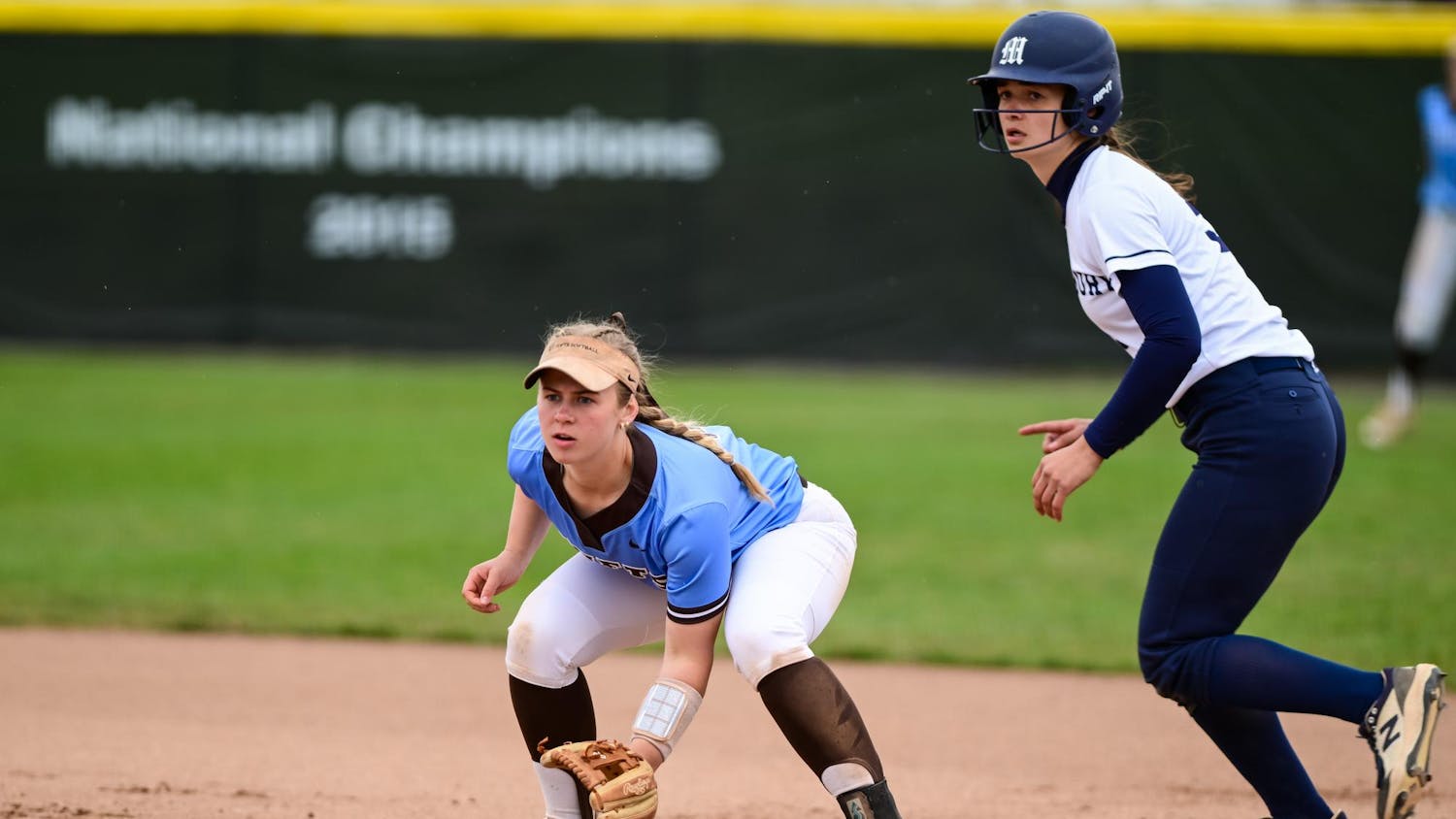Since the U.S. Men’s National Team (USMNT) failed to qualify for the 2018 World Cup, there have been two international breaks, providing national teams tune-up matches in preparation for Russia. After that night in Trinidad and Tobago, it made sense for the USMNT to use the friendlies to assess youth talent and lay down a plan for the next World Cup cycle.
Two breaks and three games later, interim coach Dave Sarachan has called up six different goalkeepers, 19 defenders, 20 midfielders and nine forwards. The latest friendly, a physical 1–0 win against Paraguay in Cary, N.C., involved a roster with an average age of 24.
The old guard of Geoff Cameron, Michael Bradley and Tim Howard were nowhere to be seen, replaced by the likes of Vitesse’s Matt Miazga, New York Red Bulls’ Tyler Adams and Columbus’ Zack Steffen. Sarachan’s willingness to play some of the kids is promising, but that’s about as much as he, his coaching staff and U.S. Soccer got right during these international breaks.
Many national teams scheduled two games for each break, but for unknown reasons, the U.S. only scheduled one. That’s two games left on the table, and for a team looking for a new identity with ranks to be filled, it can only help to play more games.
In friendlies like these, without a World Cup to prepare for, the U.S. should be putting as many prospects on the field to play as possible. In the last three friendlies, Sarachan used all six substitutes versus Portugal, five substitutes versus Bosnia and four versus Paraguay. Four of these substitutions came after the 82nd minute — hardly enough time for any player to make a lasting impression.
Sarachan’s conservative approach was further exacerbated in the recent match against Paraguay, a notoriously defensive team. Sarachan opted for a 4–1 –4–1 formation, leading to good possession but not much else. The squad recorded two shots from the run of play in the entire game, and there was a Christian Pulisic-sized hole in the middle of the pitch in the heat map of the offensive third, illustrating the lack of playmaking ability in the lineup.
The intense urgency felt nationwide to fix the national team after the failed World Cup qualifying campaign appears to have dissipated, leaving U.S. Soccer to malfunction its way through this year’s international breaks.
USSF president Carlos Cordeiro’s plan to enlist a general manager (GM) to the USMNT also complicates things, as the new GM and coach will install a new philosophy for the national team going forward. The ambiguity of the GM job doesn’t help, though, and fans should hope it gets fleshed out soon: Since one of the main roles of a GM is to hire a national team coach, if a GM isn’t hired before the World Cup, U.S. Soccer will be wasting time after the tournament looking for both a coach and a GM at the same time.
Just because the USMNT is in a transition period doesn’t mean that the international breaks shouldn’t be used to their maximum extent. I’ve said it before: We need all the help we can get.
More from The Tufts Daily





